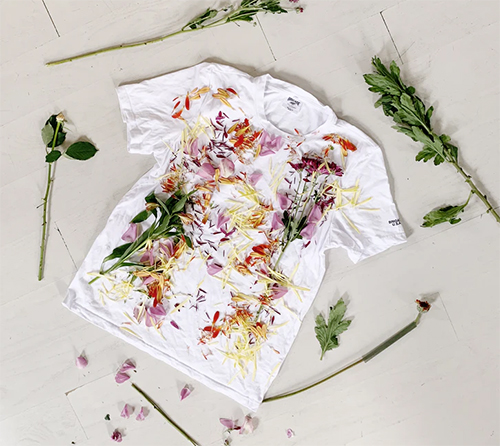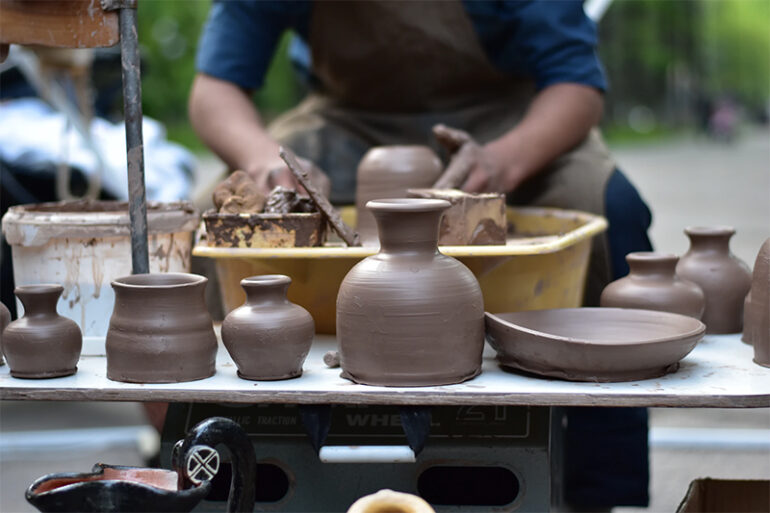The earth has provided us with countless resources for everything we need – food, fuel, shelter – since time immemorial. But we cannot be complacent that the earth’s resources will be infinite. Over the last few decades, the art world and its artists started to use sustainable materials for their work. Art and sustainability now go hand in hand. More and more artists are turning to sustainable materials to use for their masterpieces.
What is sustainable art?

Sustainable art has several definitions. Although we may think it is a relatively new idea in the art world, it has been long before the term was coined. It can also be called earth art and conceptual art. Earth art uses the environment itself as a medium. During the 60s and 70s, artists such as Robert Smithson challenged the usual indoor galleries and museums when created the Spiral Jetty, right smack in the middle of the Great Salt Lake. Earth art is site-specific, meaning it is fixed and cannot be moved from one point to another. Conceptual art, on the other hand, uses found objects and natural resources to complete an artwork. Some may be site-specific; some may not be. But in this day and age, people interpret sustainable art as using indigenous materials, everyday objects found at home or elsewhere, and using the environment as the focal point of a piece of art.
What artists use
Creating beautiful art does not mean depleting the earth’s resources. What will happen if the resources are no more? Will artists stop creating art? This is where sustainable materials come into play. Not only will they help the environment, but they also get to offer new masterpieces to art enthusiasts. Here are some of the most common materials that they use.
- Plastic bottles. They do not decompose for hundreds of years, and using them as art materials helps the environment to lessen the number of plastics that end up seeping into the ground. One such artist that uses this medium is Aurora Robson. He has used more than 30,000 plastic bottles in her 3D works. Imagine how much plastic was saved from ending up in landfills.
- Recycled paper. It is made into pulp that artists use to make sculptures. Julie Ann Goodman started using paper pulp in 2003 to create sculptures.
- Grass. Using grass to make sculptures is actually a thing. French artist Mathilde Roussel-Giraudy combines the use of recycled metal, wheat seeds, and soils in her works.
- Everyday objects. Anything that we use in our daily lives can also be used as media for art. Christopher Locke fossilizes mostly electronic items to show to future generations how obsolete they will be in future, and hopefully entice them to use less of these electronics that consume natural resources to make.
We are in a world where we have endless resources at our disposal, what with technology continuously creating new and innovative things that help make life easier. But using these sustainable materials will also lessen our carbon footprint, thereby helping the environment heal from centuries of abuse by humans.
Photo Attribution:
1st and featured image from https://images.unsplash.com/photo-1531602541797-f3141d0ced31?ixlib=rb-1.2.1&ixid=eyJhcHBfaWQiOjEyMDd9&auto=format&fit=crop&w=1950&q=80
2nd image from https://images.unsplash.com/photo-1567480503709-66518a660785?ixlib=rb-1.2.1&ixid=eyJhcHBfaWQiOjEyMDd9&auto=format&fit=crop&w=726&q=80
